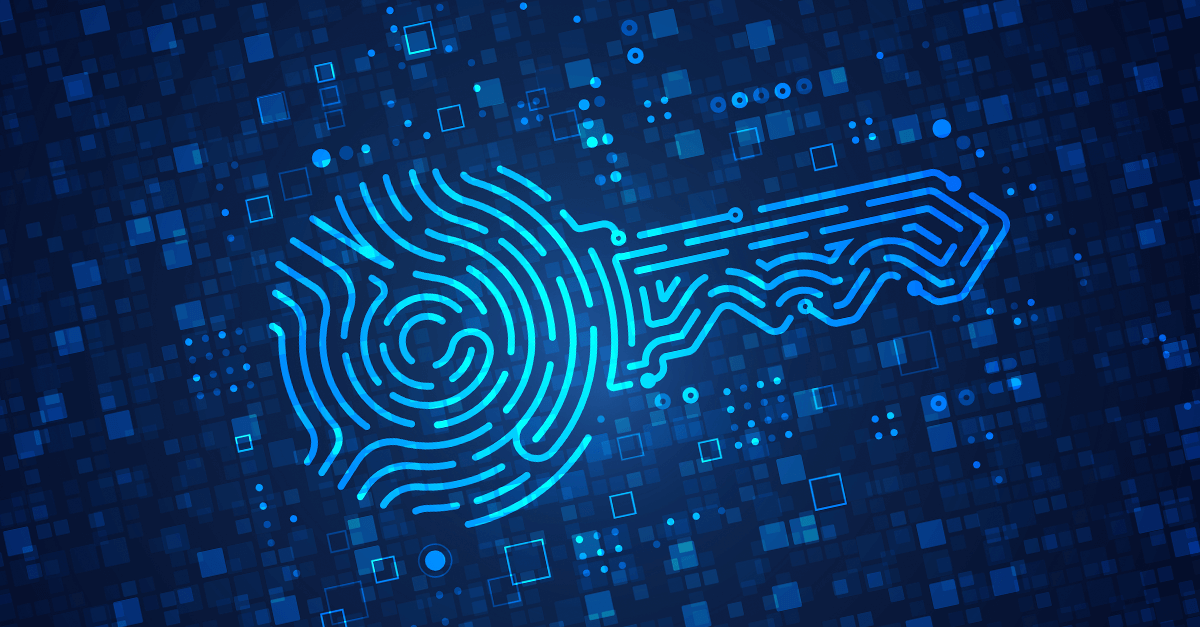Data Privacy Day is an important annual reminder to relentlessly safeguard your organization’s data and commit yourself to respecting data privacy standards.
Check out the following articles to hear the perspectives of some industry executives on data privacy best practices that can most effectively serve your company in 2024. They’ll also touch on some innovative new technologies that can help your organization like software-defined perimeter.





